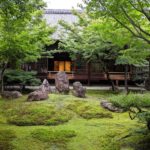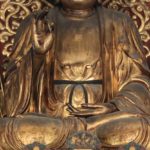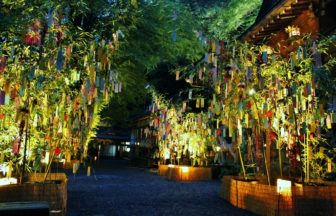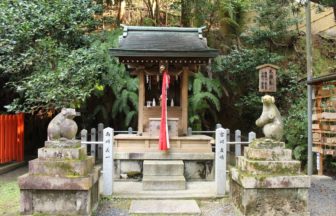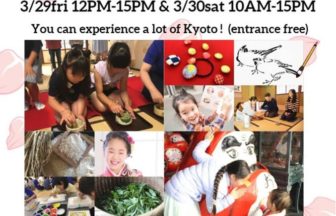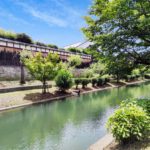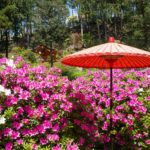What do you see while you strolling the temples or shrines?
It would be white sand, the position of stones, or beautiful mosses in a garden. Fabulous flowers in Basin or maple trees are your choice. Though a picturesque garden catches your eye, of course, a motif in the sanctuary helps your trip more interesting.
Cicadas in Daikakuji Temple

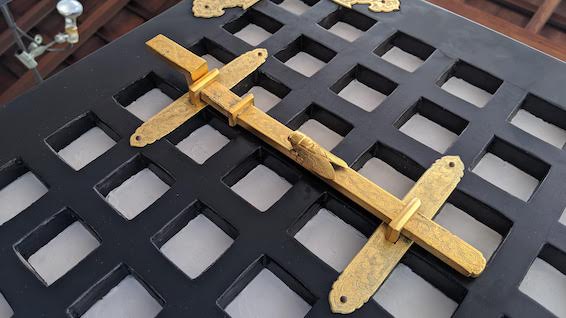
In Daikakuji temple, located in Saga Arashiyama, Kyoto, you can find the golden cicada on the door. What does it mean?
Cicadas have been featured in literature since the time of Heian, and as motifs in art from Buddhism. They have also been used in myth and folklore as symbols of carefree living and immortality. This is because the life of them are linked to Buddhism teaching.
The cicadas spend most of their lives as underground nymphs, emerging only after 3 or 17 years. Then Cicada nymphs drink sap from the xylem of various species of trees. While common folklore indicates that adults do not eat, they do drink plant sap.
Traditional with ♡
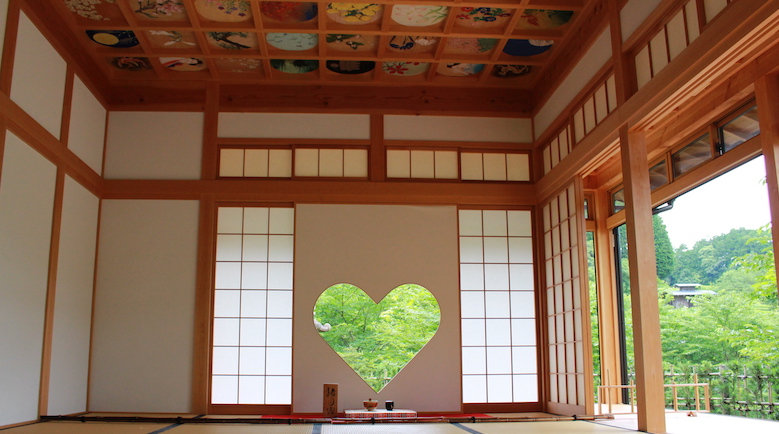
The heart-shape has been used as architectural decoration at temples and shrines for 1,400 years in Japan. Shojyuin temple is the best-known place to have the heart-shaped window at the site. A heart shape motif commonly found in many temples and Buddhism.
The heart-shaped is called the eye of boar and believed that it dispels unluck and bring a fortune. I know you think why Japanese call it the eye of boar. We have two ways to explain.
One is based on the five elements in Chinese cosmology. The boar is categorized in water and suppress the fire element. People used it as a charm against fire.
Second is the way of cursing.
To avoid the evil spirits, ancient Japanese pit the powerful spirits against the same or more powerful ones. The boar can be a Tatari-gami, powerful spirits that bring death and destruction, so people use it as a motif.
Shape Of Pentagram At Seimei Shrine
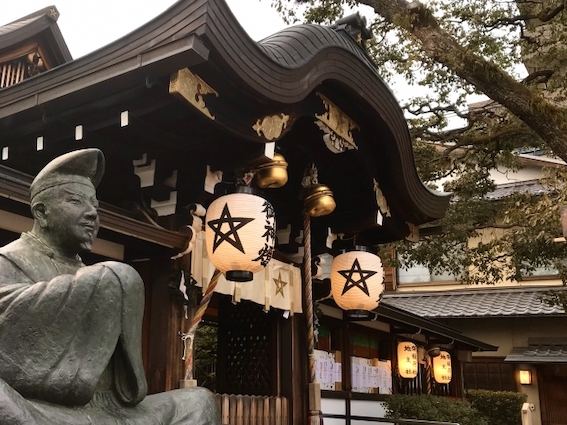
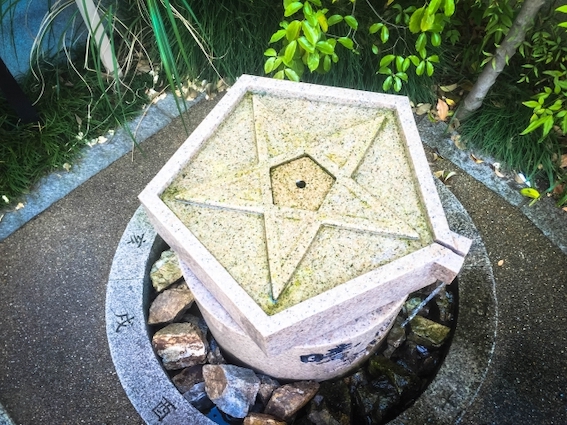
Have you ever been to Kyoto? If yes, do you notice many cars have the stickers on its rear? The sticker is sold by the Seimei shrine. Abe no Seimei is the Heian Period court astrologer, cosmologist, and astronomer. He used the pentacle symbol for praying or cursing.
The five elements in Chinese cosmology; wood, fire, earth, metal, and water are believed to be the fundamental elements of everything in the universe between which interactions occur. These elements were believed to overcome and succeed one another in an immutable cycle and were correlated with the cardinal directions, seasons, colors, musical tones, and bodily organs. That means the pentacle symbol is thought to be infinite circumstances and immortality. On the other hand, when it is used against the evils, the pentagram captures it inside the infinite circulation.
We introduced some motifs out of tons. If you like it, please share it with your friends.
Do you need more information?
You should receive such local information of Kyoto by an application “KoI APP”.
With this application, even if you don’t have Wi-Fi, you can find nearby stores and so on.
You can install the application from the following URL.


